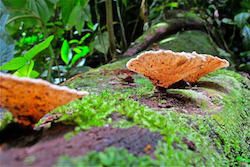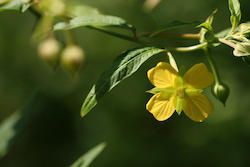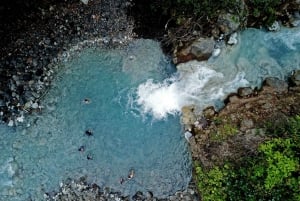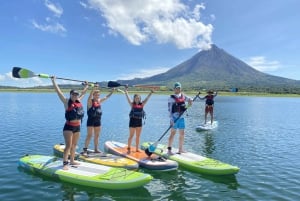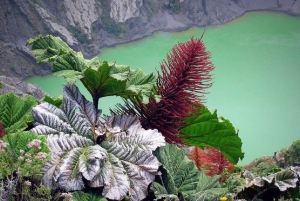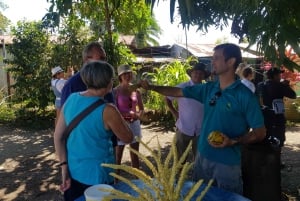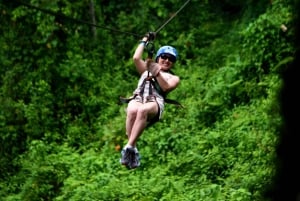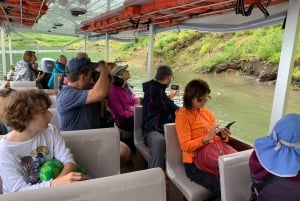Ecosystems in Costa Rica
The natural diversity of Costa Rica is created by many factors including location, climate, and a wide variety of habitats in which plants and animals thrive. Biologists praise Costa Rica for having one of the most complex ecosystems on the planet and have identified 12 distinct eco zones. While this subject is a matter of constant study of biologist from all over the world, with several books written on the subject matter, we will outline the basics of 6 prominent eco zones to give you a better understanding of what to expect when visiting.
Tropical Dry Forest - This zone is characterized by sparsely vegetated areas with short shade trees and a layers of shrubs with thorns. Very little rain falls in this type of forest from November through March, yet the flora and trees burst into colorful plumes in the midst of the drought season.
Tropical Rainforest - These forests lie in the tropical line of the equator, have constant sunshine, endless amounts of rain and high temperatures year round. The humid atmosphere promotes favorable growing conditions allowing flora of all types to flourish. These conditions alone are the reason the small country of Costa Rica has more plant species that the entire European continent. The chain reaction is that the abundant flora allows the wildlife, insects and bromeliads to flourish.
Mangrove Swamps - Costa Rica has five species of mangroves or halophytes, lining many of the coastal shores. Halophytes are plants and trees that can live in salty water. The mangroves line the shores forming a barrier that fights tidal erosion and reclaims the land from the ocean. They also serve as a filter that reduces the volcanic ash and sediment that comes down the mountain rivers. They absorb nutrients that generate algae and small organisms that form the foundation of the marine food chain.
Cloud Forest - Rainforest at the highest elevations stay covered in clouds and are called cloud forests. Costa Rica has a distinctive cloud forest region caused by warm coastal air rising over the mountains where it meets cooler air and condenses into clouds. The forest absorbs much of the moisture providing life sustaining water for plant and animal life. These forests also maintain constant conditions for light rain providing a substantial amount of water for the communities below them.
Paramo - This zone exists at the summits of the Talamanca mountain range between the upper forest line and the glacier perm. Paramo means desolate terrain, which describes this part of Costa Rica in comparison to it's other eco zones. This area consists of glacier formed valleys and plains with montane grassland and scrubland with a mixture of peat bogs where wet grasses intermingle with the forest line. Costa Rica has 3 types of paramo present - sub-paramo or dwarf forest, paramo, and super-paramo, or narrow zone with sparse vegetation. Only the toughest animals survive in this climate, yet it contains abundant wildlife.
Coral Reefs - Coral reef are animal, plant and geological formations existing in a fragile marine system around the coastline where the waters are relatively clear. The coral structure is formed by plantlike animals that live within that feed on nutrients as the filter through the surrounding water. This produces calcium carbonate that eventually forms the coral skeleton of a reef. Coral reefs act as barriers for the shoreline against erosion and at the same time allows marine life to take refuge in and feed upon the organisms of the reef.
What all of this means is that Costa Rica, even for a extremely small country, has an unusual amount of eco systems within it. Each one produces many habitats that allow an enormous amount of species to thrive.


